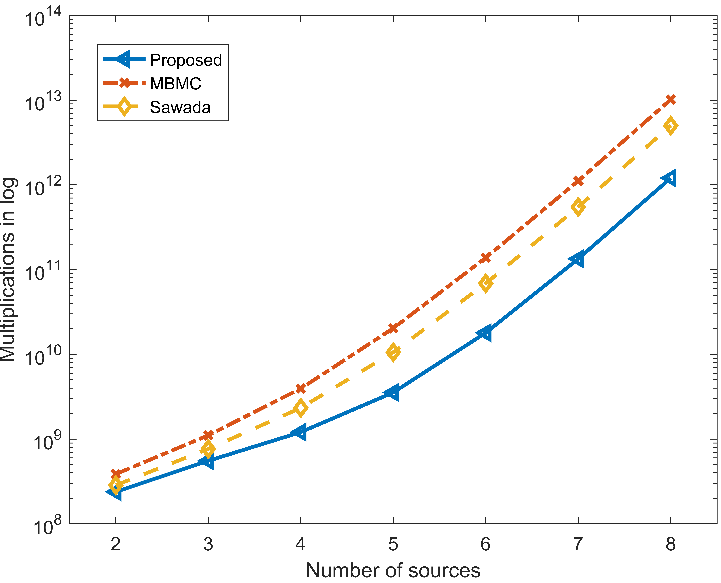
In a real-room environment, there might be many people talking at the same time with background noise. This is known as the cocktail party problem.
The goal of blind source separation (BSS) is to estimate the source signals from their mixtures without any prior information about the sources and the mixing processing. However, it's difficult to use BSS methods in practical applications due to computational complexity.
In order to reduce computational complexity of the blind source separation method, researchers from the Institute of Acoustics of the Chinese Academy of Sciences (IACAS) presented a low-complexity permutation alignment method based on the inter-frequency dependence of signal power ratio.
The frequency-domain independent component analysis (ICA) approach has been extensively investigated among all BSS methods. However, it leads to the permutation problem because the separation is performed in each frequency bin independently.
To address this problem with low complexity, the researchers employed inter-frequency correlation as an effective measurement to align the permutations. The proposed permutation alignment approach included a local optimization and a fine global optimization. They finally employed a fine global optimization to correct the permutation and improve the robustness.
Computer simulations demonstrated that the proposed method achieved a comparable separation performance with the state-of-the-art permutation alignment algorithms. The complexity of the proposed method was much lower especially as the number of sources increased.
This low-complexity blind source separation method could be used in speech recognition, telephone communication and hearing aid devices to improve speech quality and speech intelligibility.
The study, published in Speech Communication, was supported by the National Key R & D Program of China, Youth Innovation Promotion Association of Chinese Academy of Sciences, IACAS Young Elite Researcher Project and the Strategic Priority Research Program of Chinese Academy of Sciences.

Fig. 1. Computational complexity comparison. (Image by IOA)

Fig. 2. Separation performance of five algorithms with different reverberation times, (left) average SIRout (dB) and (right) average PESQ. (Image by IOA)

86-10-68597521 (day)
86-10-68597289 (night)

52 Sanlihe Rd., Xicheng District,
Beijing, China (100864)

